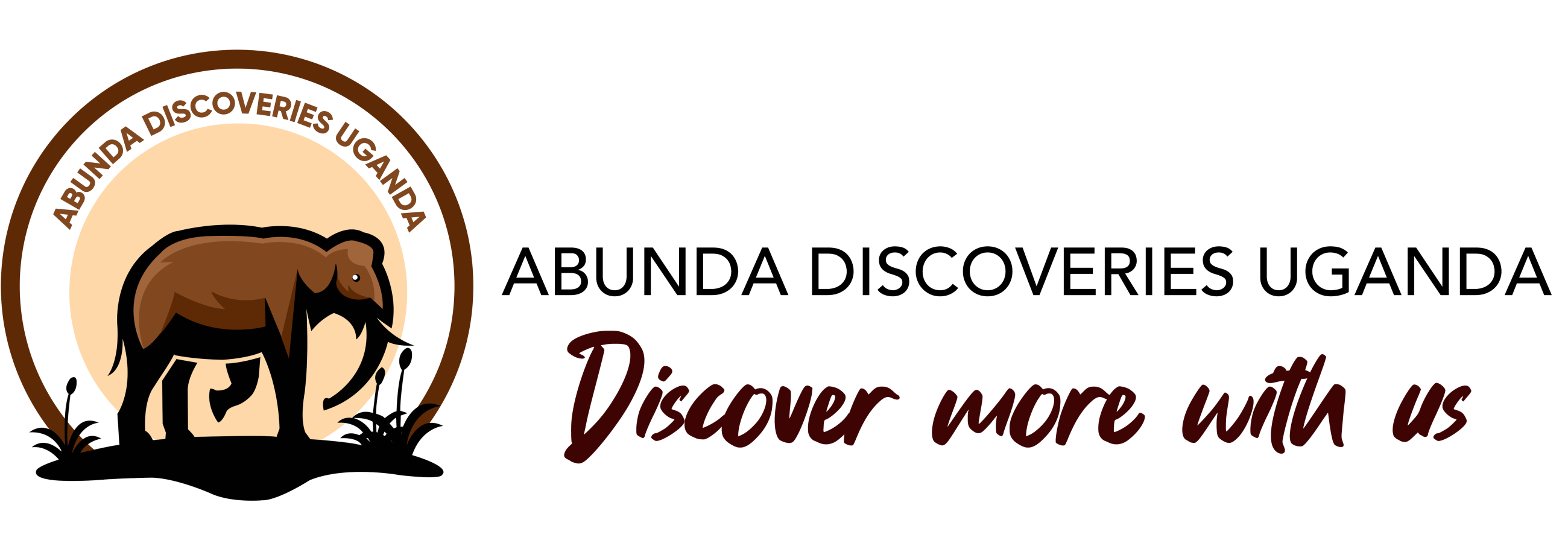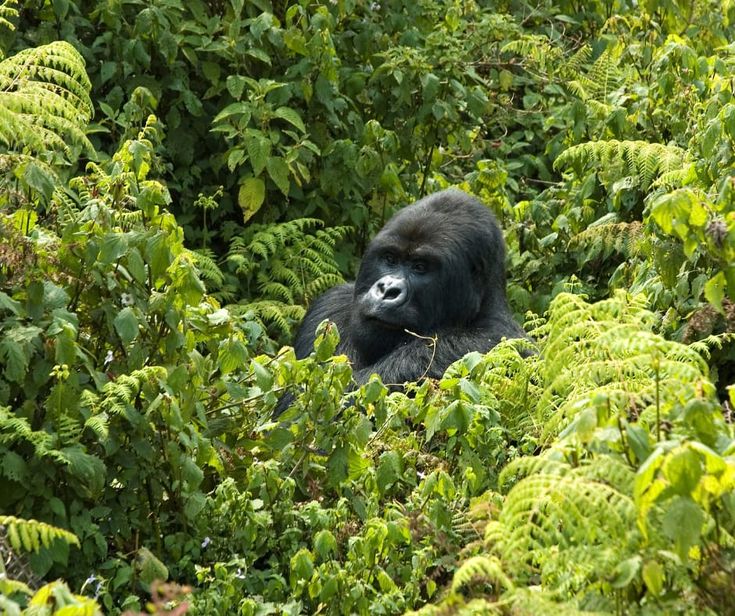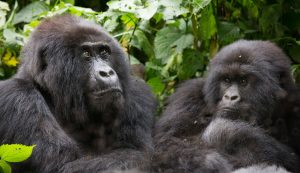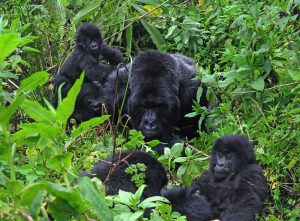Travel Advice for Gorilla Trekking in Uganda
Travel Advice for Gorilla Trekking in Uganda. Gorilla trekking in Uganda is one of the most exhilarating and unforgettable wildlife experiences on the planet. With the opportunity to observe mountain gorillas in their natural habitat, it’s a bucket-list activity for many travelers. Uganda is home to over half of the world’s remaining mountain gorillas, making it one of the top destinations for this unique adventure. Most treks take place in Bwindi Impenetrable National Park and Mgahinga Gorilla National Park, located in the southwestern part of the country.
To help you plan your trip, here is detailed travel advice for gorilla trekking in Uganda, including what to expect, tips for preparation, and key information to ensure a smooth and enjoyable experience.
1. Best Time for Gorilla Trekking
Gorilla trekking can be done year-round, but the best time to visit is during the dry seasons:
- June to September (peak season)
- December to February
During these months, the weather is more favorable, with less rain and drier trails, making the trekking experience more comfortable. However, the forests are still dense, and it can rain even in the dry season, so always be prepared for unpredictable weather.
2. Choosing Between Bwindi and Mgahinga
Uganda has two national parks where you can trek to see gorillas:
- Bwindi Impenetrable National Park: The most popular destination for gorilla trekking in Uganda, Bwindi is home to several habituated gorilla families. Its dense forest and rugged terrain make for a challenging but rewarding trek.
- Mgahinga Gorilla National Park: Part of the Virunga Volcanoes conservation area shared with Rwanda and the DRC, Mgahinga offers a more secluded experience, but only one habituated gorilla family resides here. It’s a great option if you prefer fewer crowds.
3. Obtaining a Gorilla Trekking Permit
A gorilla trekking permit is mandatory and should be secured in advance due to limited availability. Only a small number of permits are issued each day to protect the gorillas and minimize human impact on their environment.
- Cost: A permit costs $800 USD per person for foreign non-residents, $600 USD for foreign residents, and UGX 300,000 for East African citizens.
- How to Book: You can book your permit directly through the Uganda Wildlife Authority (UWA) or through a registered tour operator. Permits can sell out months in advance, especially during peak season, so it’s important to book early.
4. Fitness and Trekking Difficulty
Gorilla trekking can range from moderate to strenuous, depending on where the gorilla family is located on the day of your trek. Treks can last anywhere from 2 to 8 hours, and the terrain is often steep, muddy, and covered with dense vegetation. It’s essential to be in reasonably good shape and prepared for physical exertion.
- Training: If possible, prepare by walking or hiking in the weeks leading up to your trip to build endurance.
- Acclimatization: The parks are located at altitudes between 1,160 and 2,607 meters (3,800 to 8,550 feet), so altitude can affect some visitors. Spending time acclimatizing before the trek can be helpful.
5. Packing List for Gorilla Trekking
Packing the right gear is essential for a successful gorilla trekking experience. The following items will help you stay comfortable and protected in the forest:
- Sturdy Hiking Boots: Waterproof boots with good ankle support are crucial for navigating the muddy and steep terrain.
- Long-Sleeved Shirt and Pants: Wear moisture-wicking, long-sleeved clothing to protect against scratches, insect bites, and nettles.
- Rain Gear: A lightweight, waterproof jacket and pants are essential, as rain is common even during the dry season.
- Gardening Gloves: These will protect your hands when holding onto trees or vines during the trek.
- Insect Repellent: Bring a strong repellent with DEET to ward off mosquitoes and other insects.
- Hat and Sunglasses: Protect yourself from the sun, especially during the walk to and from the gorilla habitat.
- Daypack: A small, waterproof backpack for carrying water, snacks, and extra layers.
- Water and Snacks: Stay hydrated and bring energy-boosting snacks for the trek.
6. Gorilla Trekking Rules and Etiquette
When trekking to see gorillas, it’s essential to follow specific guidelines to protect both the animals and visitors. These rules are strictly enforced by park rangers:
- Keep a Distance: Stay at least 7 meters (21 feet) away from the gorillas. This is to avoid the transmission of diseases between humans and gorillas.
- No Flash Photography: Flash can startle the gorillas, so make sure your camera’s flash is turned off.
- Stay Quiet: Keep noise to a minimum and avoid sudden movements to prevent alarming the gorillas.
- No Eating or Drinking: Eating and drinking are not allowed while near the gorillas.
- Health Considerations: If you are feeling unwell, especially with respiratory symptoms, you may not be allowed to participate in the trek, as gorillas are highly susceptible to human diseases.
7. What to Expect on the Day of the Trek
On the day of your gorilla trek, you’ll meet at the park headquarters early in the morning for a briefing by the park rangers. You will be assigned to a specific gorilla family group, and the rangers will explain the rules, safety protocols, and what to expect.
- The Trek: Your trek will start with a walk through farmlands or villages before entering the dense forest. Rangers use radios to communicate with trackers who go ahead to locate the gorillas.
- Gorilla Encounter: Once you find the gorillas, you will spend one hour observing them. This is a magical moment, as you watch the gorillas forage, play, and interact in their natural habitat. Time passes quickly, and it’s important to savor the experience.
- Return: After your one hour with the gorillas, you will hike back to the starting point. Depending on how long the trek takes, you may return by early afternoon or late in the day.
8. Health and Safety Considerations
- Vaccinations: Make sure your yellow fever vaccination is up to date, as proof is required to enter Uganda. It’s also a good idea to take precautions against malaria by using antimalarial medication and mosquito repellents.
- COVID-19: Depending on current regulations, you may need to present a negative PCR test or proof of vaccination for COVID-19. Always check the latest travel guidelines before your trip.
- Travel Insurance: It’s highly recommended to have comprehensive travel insurance that covers medical emergencies, trip cancellations, and trekking activities.
9. Cultural Experiences
Beyond gorilla trekking, you can enhance your visit by engaging with local communities. Many parks offer cultural tours that allow you to visit Batwa pygmy communities or explore traditional Ugandan villages, giving you insight into local cultures and ways of life.
10. Combining Gorilla Trekking with Other Activities
Uganda offers a wealth of other wildlife and adventure activities that can complement your gorilla trekking experience:
- Chimpanzee Tracking: Visit Kibale National Park or Budongo Forest for the chance to track chimpanzees.
- Wildlife Safaris: Uganda is home to incredible national parks such as Queen Elizabeth National Park and Murchison Falls National Park, where you can spot elephants, lions, hippos, and more.
- Boat Safaris: Take a boat cruise along the Kazinga Channel or Nile River to see crocodiles, hippos, and a variety of bird species.
- Hiking and Volcano Climbing: Trek up the Rwenzori Mountains or climb a volcano in Mgahinga.
11. Supporting Conservation
By participating in gorilla trekking, you are directly supporting conservation efforts in Uganda. The revenue generated from permits helps fund the protection of gorillas and their habitats, as well as local community development. Consider further supporting conservation by booking with eco-friendly tour operators or making a donation to organizations working to protect mountain gorillas.
Final Thoughts
Gorilla trekking in Uganda is an incredible adventure, offering a rare opportunity to see one of the world’s most endangered species up close in the wild. With proper preparation, respect for the gorillas and their habitat, and a spirit of adventure, you can have an unforgettable experience while contributing to vital conservation efforts. Make sure to plan ahead, pack appropriately, and enjoy the journey into the heart of Uganda’s stunning wilderness.




